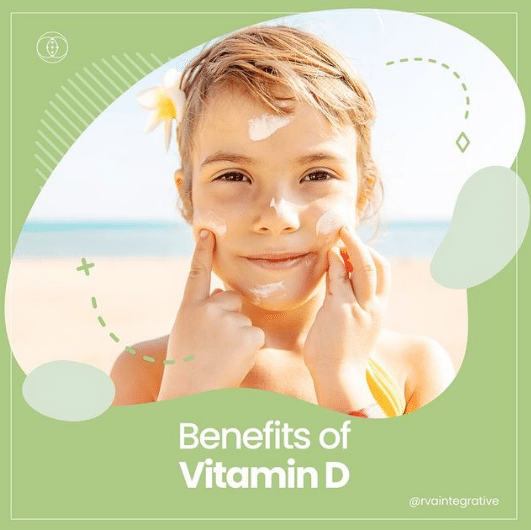Subscribe
Never miss out on new content from Dr. Hartman.
Summer is in full swing and it’s time for fun in the sun! But how do we do it safely? We already talked about how to manage wise sun exposure and how critical sunshine is for our health (hello, Vitamin D!)—now we’re going to dig a little deeper about how sunscreen and sunblock fit into the picture.
We’ve been taught to slather on the sunblock, but that’s necessarily what is best for the prevention of skin cancers and other health problems. I’m not advocating to dismiss sunscreen, but we do need to be informed about what we are putting on our skin.
Sunscreen vs. Sunblock
There are two kinds of sun rays that we need to be aware of: UVA and UVB. Think of UVA as the “aging” rays and UVB as the “burning” rays. The best skin protections are those that block both UVA and UVB light from damaging your skin—and will last all day without reapplying.
However, most sunscreens protect against UVB rays, while not really protecting against UVA. This explains why you can spend the day in the sun and not burn, but notice the freckles on your skin get darker, become more tan/brown, or see pigment changes. Additionally, most commercial sunscreens use chemicals that absorb UVA or UVB, but they break down over a few hours and no longer work. They also often only block UVA2 and not UVA1 which also can affect your skin.
The best sun protectants are sunblocks that contain titanium dioxide or zinc oxide that is non-micronized. Most people prefer micronized blocks because they absorb into the skin and are therefore less messy, but I do have some concerns with increased absorption of zinc or titanium via the skin. Sunblocks block both UVA1/UVA2 and UVB and, if applied correctly—and if you do not sweat excessively or get into the water too much—they can last all day.
In a nutshell, stay away from commercial chemical sunscreens, and do some research to find a high-quality sunblock.
If you would like to research sunscreen and sunblock, here is a great resource from the Environmental Working Group. Or, you may benefit from Karen Reed’s article, Your Absolute Guide to the Best Sunscreen for Sensitive Skin.
Choosing The Right SPF
SPF measures only UVB protection, which causes sunburns, but does not reflect UVA protection. UVA exposure has been associated with melanoma and other kinds of skin cancer. An SPF of “2” blocks 50% of UVB radiation, an SPF of “10” blocks 90%, SPF 15 blocks 93%, and SPF 30 blocks 97%.
So, you can see that once you get to an SPF of 15 you don’t get much additional sunburn protection. The best sunscreen to choose would be a product with excellent UVA protection and an SPF of 15–30.

How To Apply Sun Block Correctly
When applying sunblocks, you should use one ounce to cover your entire body. The average person uses less than half that amount, which causes them to lose some benefit from the lotion.
Just remember the best way on how to safely enjoy the sun is through graded exposure and wearing cover-up clothing items. Brush up on my safe sun exposure tips here!
Follow me on Instagram, YouTube, and Facebook for more functional medicine tips like these.
Portions of this article are republished with permission from The Institute for Functional Medicine.


